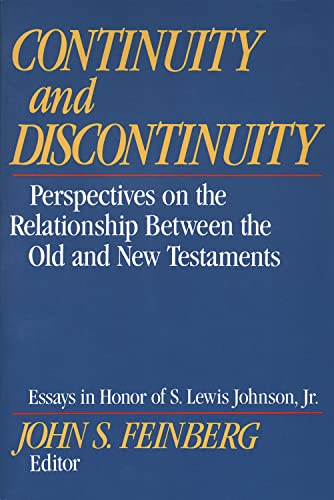The Trinitarian Faith. The Evangelical Theology of the Ancient Catholic Church
Written by T. F. Torrance Reviewed By John WebsterIn this substantial new work, Professor T. F. Torrance offers an account of what he sees as the main lines of Christian orthodoxy through an exposition of the chief articles of the Nicene confession of faith.
An initial chapter traces the links between faith and godliness in what the book constantly refers to as ‘the Nicene theology’. As in the series of other works on the nature of theological thinking, Torrance presents his conviction that faith arises from cognitive commitment to the self-presentation of God in Jesus Christ. Faith, and therefore the knowledge which takes its rise in faith, derives its force and truth from the divine realities to which it is open and which press themselves upon the believer. Faith is thus characterized by its ‘open range’—its receptivity towards revelation in the incarnation of God.
The dogmatic substance of the book is opened up in the next two chapters which expound the doctrine of God as Father and Creator. Here the primacy of Christology in building a doctrine of God receives heavy emphasis. The Father-Son relation is determinative of how we are to understand the nature of God and of God’s relationship to the world. This leads to two further chapters on Christology and soteriology, in which Athanasius provides Torrance with his chief conversation partner. Torrance firmly rejects any attempt to sever the ontological bond between Christ and God the Father. On his account, to weaken this bond is to empty the gospel proclamation of any significance; it is only on the basis of a union of being between God and Jesus Christ that the atoning work of Christ can be seen as effectual divine action. Similarly, great emphasis is laid on the vicarious humanity of Jesus Christ: as both God and ‘man in our place’, Jesus Christ is able to bridge the gulf between ourselves and God, and so act as the true mediator. Something of the same kind of argument is used in expounding the notion of the divinity of the Spirit in chapter 7: since the Spirit is the presence of the very being of God in self-communication to the world, the Spirit’s divinity has to be affirmed. This leads to an account of the church as the body of Christ. To make such an affirmation is to see the Spirit as effecting an ontological union between God and humanity: hence ecclesiology is inseparable from the doctrines of Christ and the Spirit. A final chapter seeks to draw the threads together by rooting the entire discussion in an account of the Nicene doctrine of the triunity of God.
The tone of the book—rich, warm, declaratory, kerygmatic—draws the reader along, and there is considerable excitement to be found in these reflections from a magisterial patristic and dogmatic scholar. Moreover, evangelical theologians have a great deal to learn from those who insist (rightly) that Christian orthodoxy does not begin in Wittenberg, Geneva or Princeton. For all that, I found myself at the end of the book with a measure of unease on a number of points. Historically, Torrance’s account rests on two premises. First, there is a straight line from the NT (itself a theologically uniform book) to the theology of Nicaea. Second, the distinction between orthodoxy and heresy in the early patristic period can be drawn very clearly. Both these premises may or may not be correct. But they do stand in need of much fuller analysis than Torrance offers, if the book can fulfil its aim of presenting normative Christian doctrine. The arguments against those premises are sufficiently strong to warrant very serious attention: recent work on the theology of Arius, for instance, suggests both that the issues are more complex than Torrance allows and that early Christianity may have been much less theologically firm than the rather hectoring tone of the book would have us believe. Torrance’s silence on these issues does not help his case, and gives the book a rather ahistorical tone.
This leads to a second worry. The book does almost nothing to relate the work of Nicene theologians to the wider religious, political and institutional history of early Christianity. The result is a curiously intellectualist presentation: the theological texts under consideration appear as detached, quasi-timeless statements brought into being simply by the fact that their authors submitted to the claims of God upon their minds. But is that really a credible account of the functioning of fourth-century religious institutions, or of irascible characters like Athanasius?
A final anxiety: despite the massive number of references to patristic authors, there are very few quotations in the book. Torrance tends to proceed (as in other works) by paraphrase, leaving the reader unable to judge the appropriateness of his exposition without exhaustive work on the same primary texts. Given the very strong convictions which Torrance brings to the material, this is especially regrettable. Moreover, sources from different epochs and places seem to be drawn together in a rather haphazard fashion: an account of faith in Nicene theology on pp. 20f., for example, refers to Hilary of Poitiers, Paul’s Romans, Clement of Alexandria, Augustine, and the liturgy of St James. Where or what is Nicaea?
In sum: this book is an exhilarating read, and the seriousness with which it treats Christian orthodoxy is exemplary. But readers should beware of generalization, over-confident assertion, and an historical attitude which borders on the cavalier.
John Webster
Wycliffe College, Toronto







